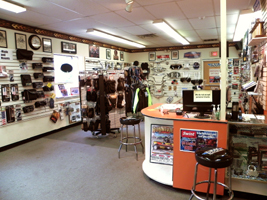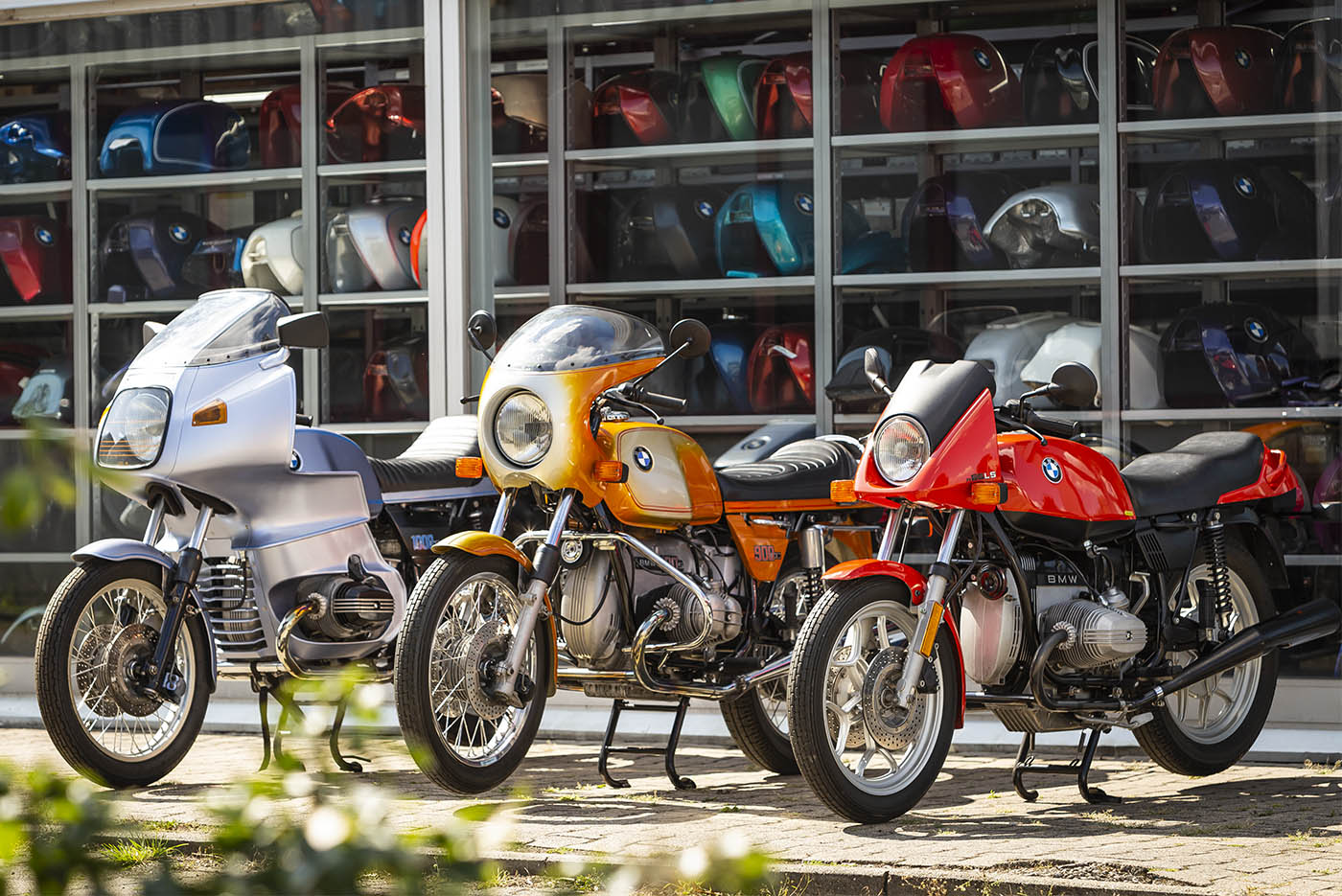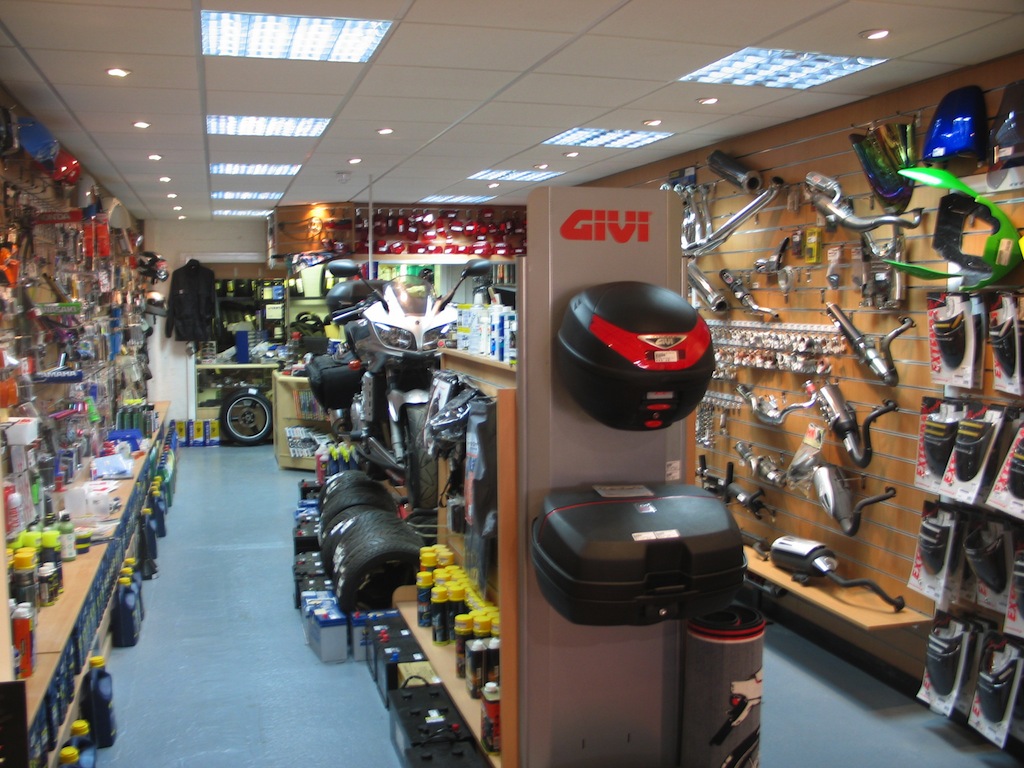Leading MX Gear NZ: Prepare for Your Following Off-Road Experience
Leading MX Gear NZ: Prepare for Your Following Off-Road Experience
Blog Article
An In-depth Check Out Motorbike Parts: What Every Rider Should Know
A comprehensive understanding of motorcycle parts is not merely useful yet important for any rider intending to maximize performance and safety and security. Each component, from the engine's complex workings to the integrity of brake systems, plays an essential role in the total experience and performance of the bike.
Comprehending the Engine
The engine, commonly pertained to as the heart of a motorbike, is a complicated setting up of parts that work in harmony to convert gas right into movement. At its core, the engine's key feature entails the combustion process, where air and gas mix and spark within the cyndrical tubes, causing controlled explosions that drive the pistons. These pistons relocate up and down, transforming chemical power right into power, which subsequently turns the crankshaft, inevitably powering the bike.

Understanding the intricacies of a motorcycle engine is critical for enthusiasts and motorcyclists alike. It not just offers understanding into just how motorcycles achieve their remarkable power and rate but also aids in reliable maintenance and troubleshooting, making certain long life and reliability when traveling.
Suspension Systems
While the engine powers the bike, the suspension system plays an essential role in making certain a smooth and regulated trip. The shock absorber is in charge of soaking up shocks from the road surface area, preserving tire get in touch with, and providing stability throughout cornering and stopping. It consists of two major elements: the front forks and the back shock absorbers.
Front forks are generally telescopic, consisting of a spring and wetting system. The spring prolongs and presses to take in bumps, while the wetting mechanism regulates the motion to stop too much bouncing. This mix ensures the front wheel continues to be touching the roadway, offering remarkable handling and comfort.
The rear suspension, normally a monoshock or twin-shock setup, functions in a similar way to the front suspension however is customized to sustain the motorcycle's weight and cyclist - motorcycle shop. It takes care of back wheel motion, contributing to the bike's overall equilibrium and responsiveness
Shock absorber can be adjustable, allowing cyclists to make improvements preload, compression, and rebound settings according to personal choices and riding problems. This adjustability boosts performance by enhancing the bike's interaction with varied surfaces. In recap, an efficient suspension system is critical for cyclist convenience, security, and the motorcycle's handling prowess.
Brake Components
Quiting power is a fundamental aspect of motorcycle safety, and it hinges on the efficiency of the brake parts. The main elements of a bike's stopping system include the brake pads, calipers, rotors, and master cylinder. moto parts nz. Each of these parts plays an essential role in guaranteeing effective braking efficiency
Brake pads are important as they create the necessary rubbing versus the rotors to reduce or stop the bike. Built from products such as sintered metal or organic compounds, the selection of brake pad product dramatically influences efficiency and durability. Calipers, housing the brake pads, apply pressure to the pads when the brake bar go to this site is involved, facilitating call with the rotors.
The rotors, normally made from stainless-steel or actors iron, are placed to the wheels and act as the surface area versus which the brake pads press. Their design, including diameter and thickness, influences heat dissipation and stopping power. The master cylinder, connected to the brake bar, creates hydraulic pressure sent via brake lines to the calipers, making sure consistent stopping force.
Regular upkeep and assessment of these components are essential for ideal performance, stopping wear and guaranteeing cyclist safety and security on the road.
Tire Basics
Beyond preserving robust stopping systems, making sure ideal tire efficiency is equally considerable for motorcycle security and performance. Tires are the single contact point in between the bike and the roadway, making their problem essential in dealing with, security, and general trip quality.

Examine the sidewall for the DOT (Department of Transport) code to identify the tire's age. Spending attention in these tire essentials not only enhances efficiency but also dramatically improves riding safety and security.
Electric Systems
In the realm of bike maintenance, the electric system plays a vital function in guaranteeing dependable efficiency and motorcyclist safety. This intricate network includes essential elements such as the battery, generator, starter electric motor, and wiring harness. Each aspect is essential for the smooth operation of the bike, from ignition to lights and communication with numerous sensing units.
The battery works as the heart of the electrical system, providing the necessary power to start the engine and operate accessories. On a Website regular basis inspecting the battery's voltage and terminals for corrosion is important to avoid unexpected failures. The alternator, on the various other hand, charges the battery while the engine is running, making sure a continual power supply.
The starter motor is responsible for initiating engine procedure, transforming electrical energy into power. To maintain it, bikers should focus on any type of unusual noises or troubles throughout start-up. Meanwhile, the electrical wiring harness acts as the automobile's nerves, attaching reference all electrical parts. Guaranteeing that the cords are cost-free and intact from damage is vital for making sure and preventing brief circuits functionality.
Final Thought

Quiting power is an essential facet of motorcycle safety, and it pivots on the efficiency of the brake elements. The key components of a motorcycle's stopping system consist of the brake pads, calipers, rotors, and master cyndrical tube.Brake pads are vital as they create the needed friction versus the blades to slow down or quit the motorcycle.Beyond keeping robust stopping systems, making sure optimal tire efficiency is similarly significant for motorbike safety and effectiveness.In the realm of bike maintenance, the electric system plays an important role in making certain trusted performance and motorcyclist security.
Report this page